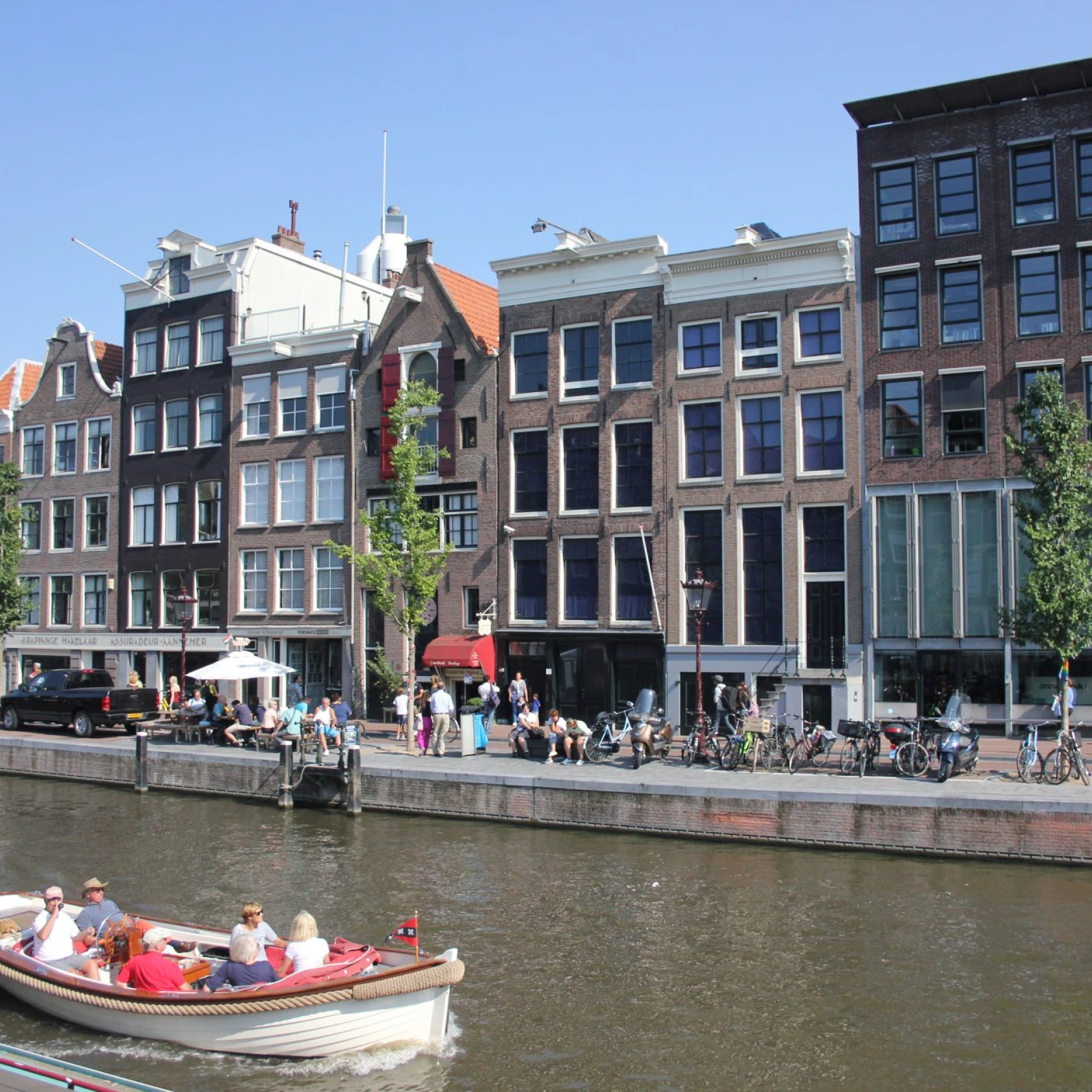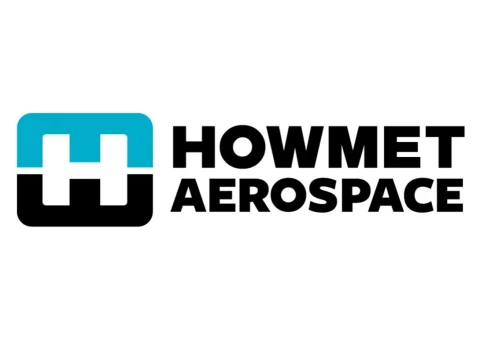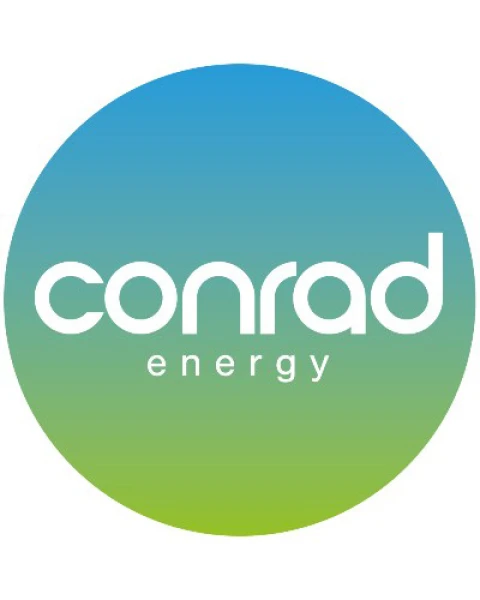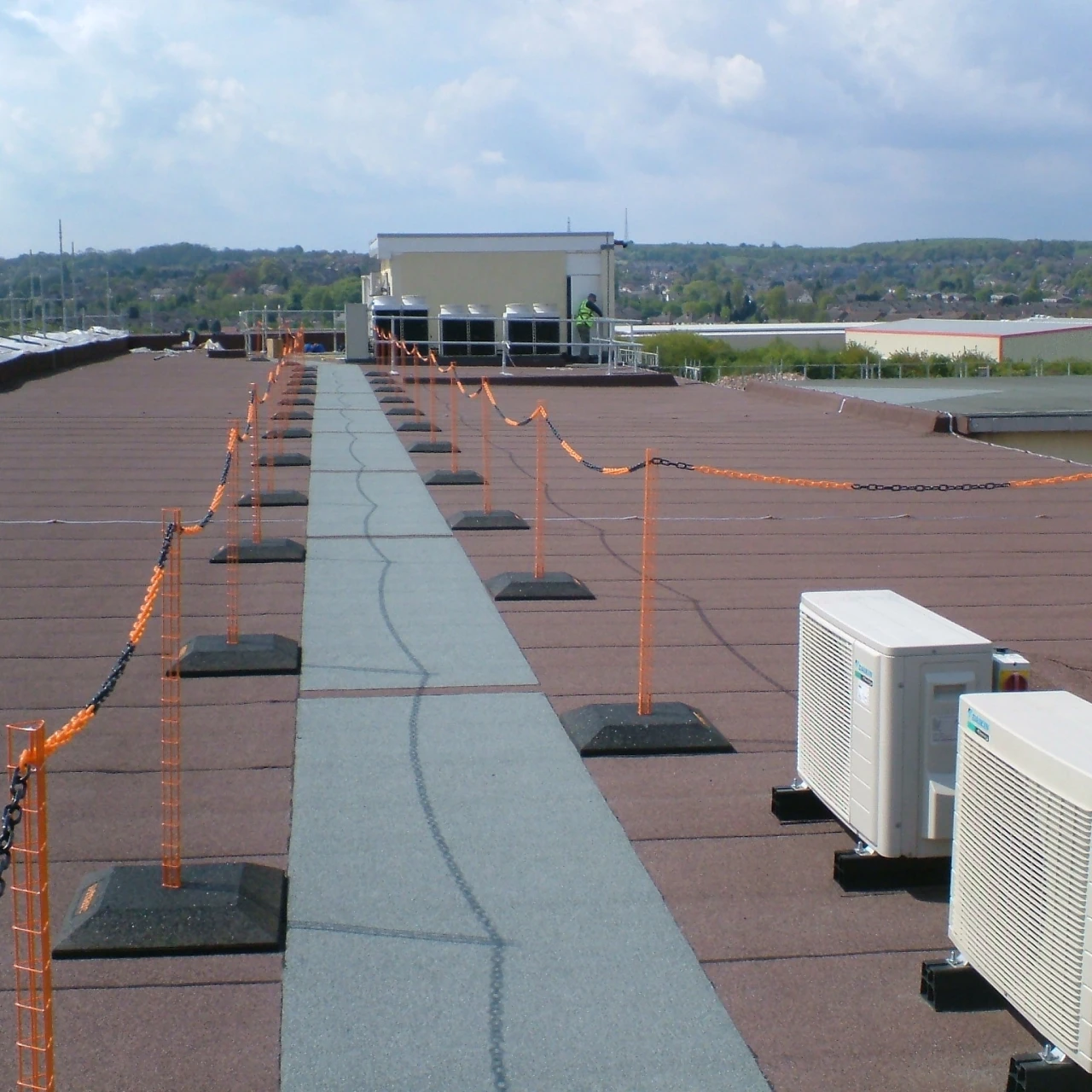

- Guardrails, Balustrades & Barriers
- Demarcation Barriers
Demarcation Barriers
Wherever roof access is required, designers are tasked with creating a safe route to and from the place of work. Following the hierarchy of safety collective protection measures should always be considered above individual fall protection solutions.
D-marc is classed as a form of Collective Demarcation Protection in accordance with the HSE’s hierarchy of risk management as set out within the Working at Height Regulations 2005 (WAHR). The WAHR 2005 Part 3 illustrates the use of a demarcation system as an “example of taking other additional suitable and sufficient measures to prevent a fall”. The demarcation system is to be placed at a safe distance from the fall hazard (normally >2m). Health and Safety Roof work HSG33 states that “where work is not done at the edge, demarcation barriers can be provided at a safe distance from the edge (usually at least 2 meters). E.g. work on an air-conditioning unit in the middle of a roof.”
Traditional demarcation systems on rooftop applications suffer from instability and wind uplift, causing them to fly off roofs at wind speeds as low as 50mph. D-marc however has been wind tunnel tested on single-ply, bituminous and concrete roof surfaces, resisting wind speeds in excess of 105mph.
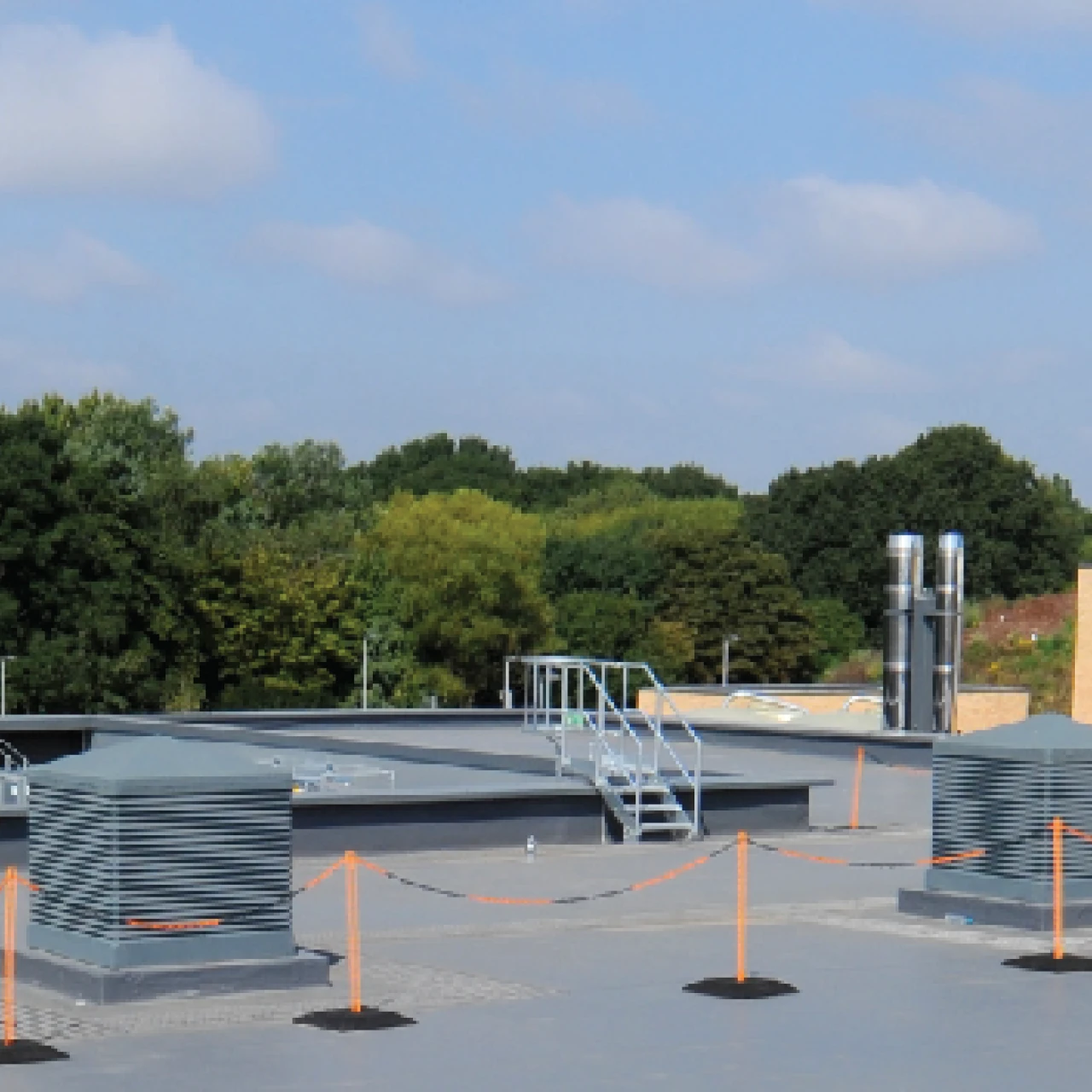

The uprights are manufactured from 304 stainless steel. The powder coating process not only enhances lifespan, it gives a quality finish to the product. The upright section has a lattice structure which ensures the wind circulates around and through the system rather than pushing it over. It has three connecting pins that do not protrude through the base and therefore do not come into contact with the roof structure, ensuring it cannot damage the roof even if it begins to oscillate.
A non-protruding integral hook incorporated inside the lattice structure ensures the chain cannot lift off the upright in high winds. The plastic chain and connecting links are fully weather-proof and resistant to salt, chemicals, and frost.
They are also colour-fast, anti-magnetic and can be used within a temperature range of -10°C and +75°C. The trapezoid base shape is aerodynamically designed with four pyramidal sloped sides at 30° which, in extensive wind tunnel testing was shown to be the most stable shape. The underside of the base is sculpted. Ensuring the weight is distributed to its perimeter, minimising the effect of wind uplift.
The base is manufactured from recycled tyres complying with BS 1790 for flammability, BS 1006 for UV stability and BS 7188 for slip resistance.
Related case studies
View all case studies

